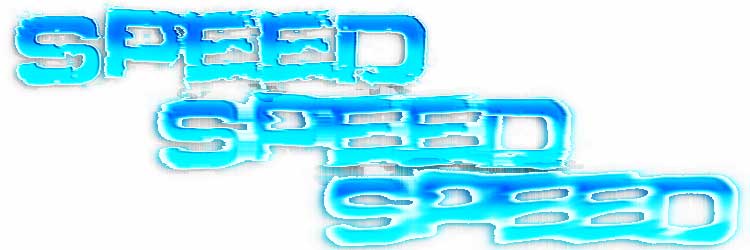A basic set of vocabulary terms used in web design and development.
- Server (software)
- A software dedicated to a particular task for example serving web pages, printing files or storing data.
- Server (hardware)
- Once a server software requires too much power from the computer it is installed on for other programs to also run on it, the entire computer is dedicated to that particular task. For example: serving web pages.
- Network
- Any situation where two or more computers are connected in a way that they can “talk” to each other.
- Domain Name
- The name of a web site, such as “duckduckgo.com” or “johnabbott.qc.ca”. Continue reading

